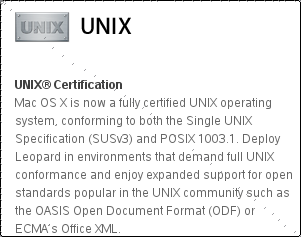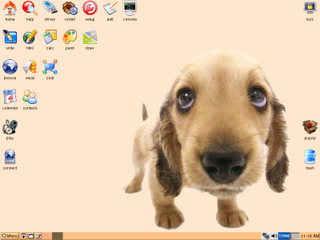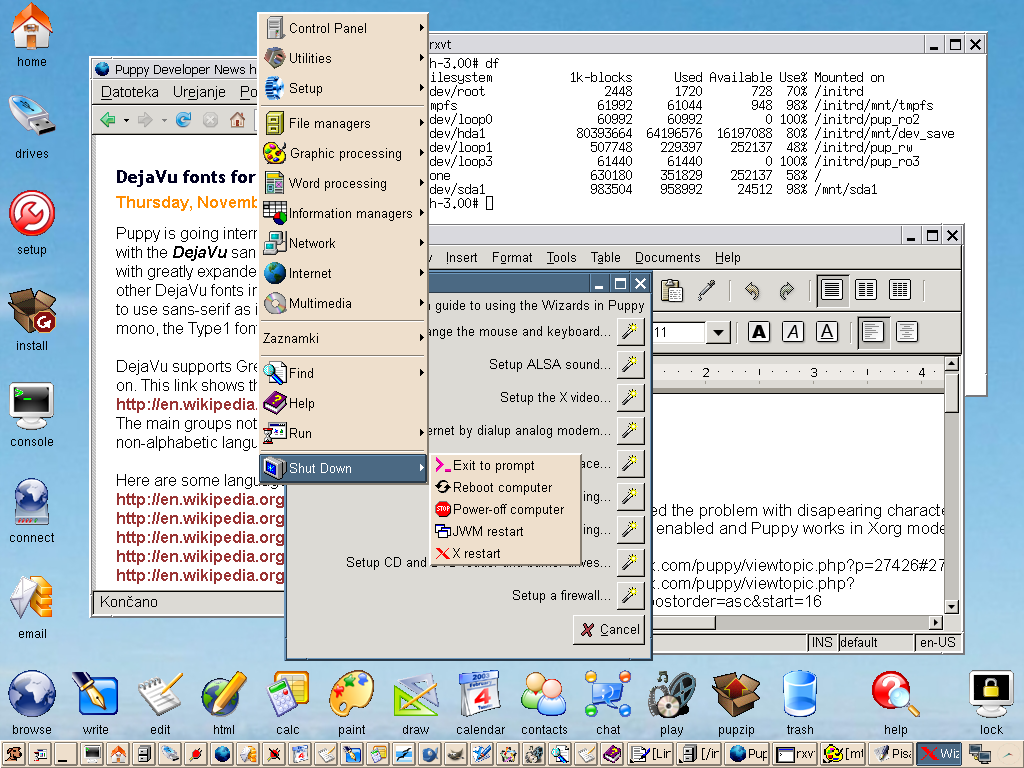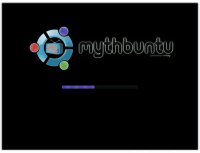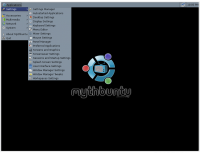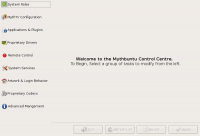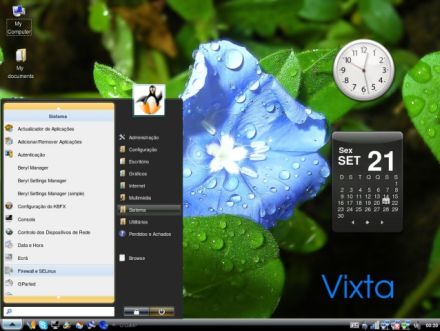The official EVE Online site has details of upcoming patch ‘Revelations 2.3’. Along with a number of bug-fixes to the PvP-focused Massively Multiplayer Online Game, this game fix will offer up compatibility with Mac OS X and Linux. Though the Mac client is a native port, Linux will require the used of Cedega. The post suggests that if you’d like a preview of what the game will be like on your rig, you can download the client and tool around the test server. System requirements are also listed, as are the distributions of Linux they are specifically supporting: Ubuntu 7+, Suse 10+, and Linspire 6. Update: 11/04 14:32 GMT by Z : Fixed implication of native Linux client.
Read more of this story at Slashdot.
